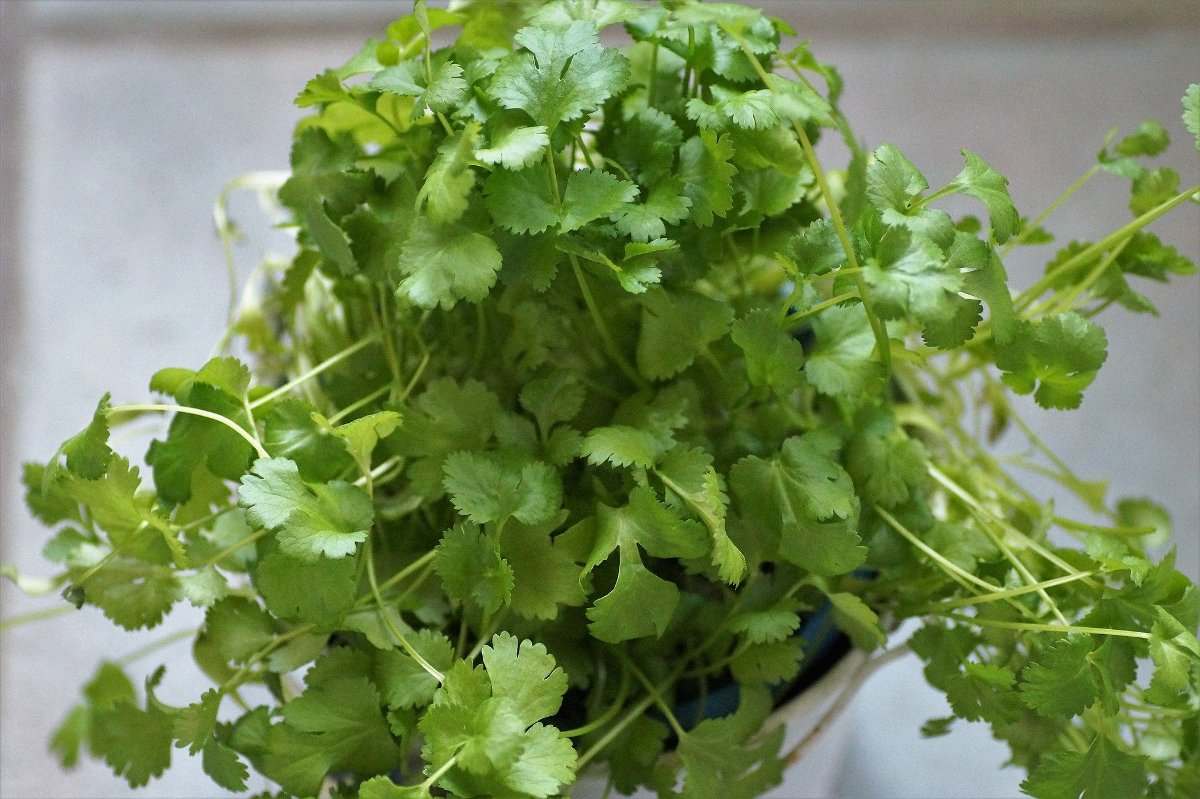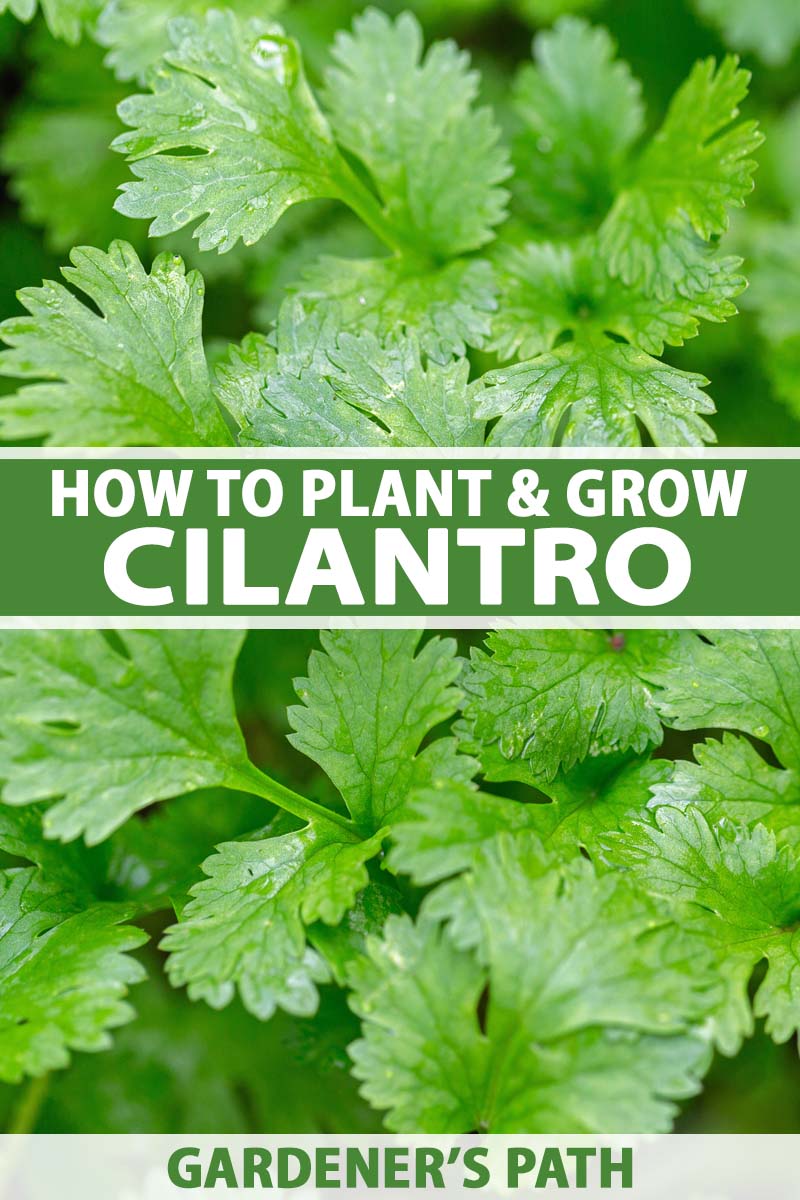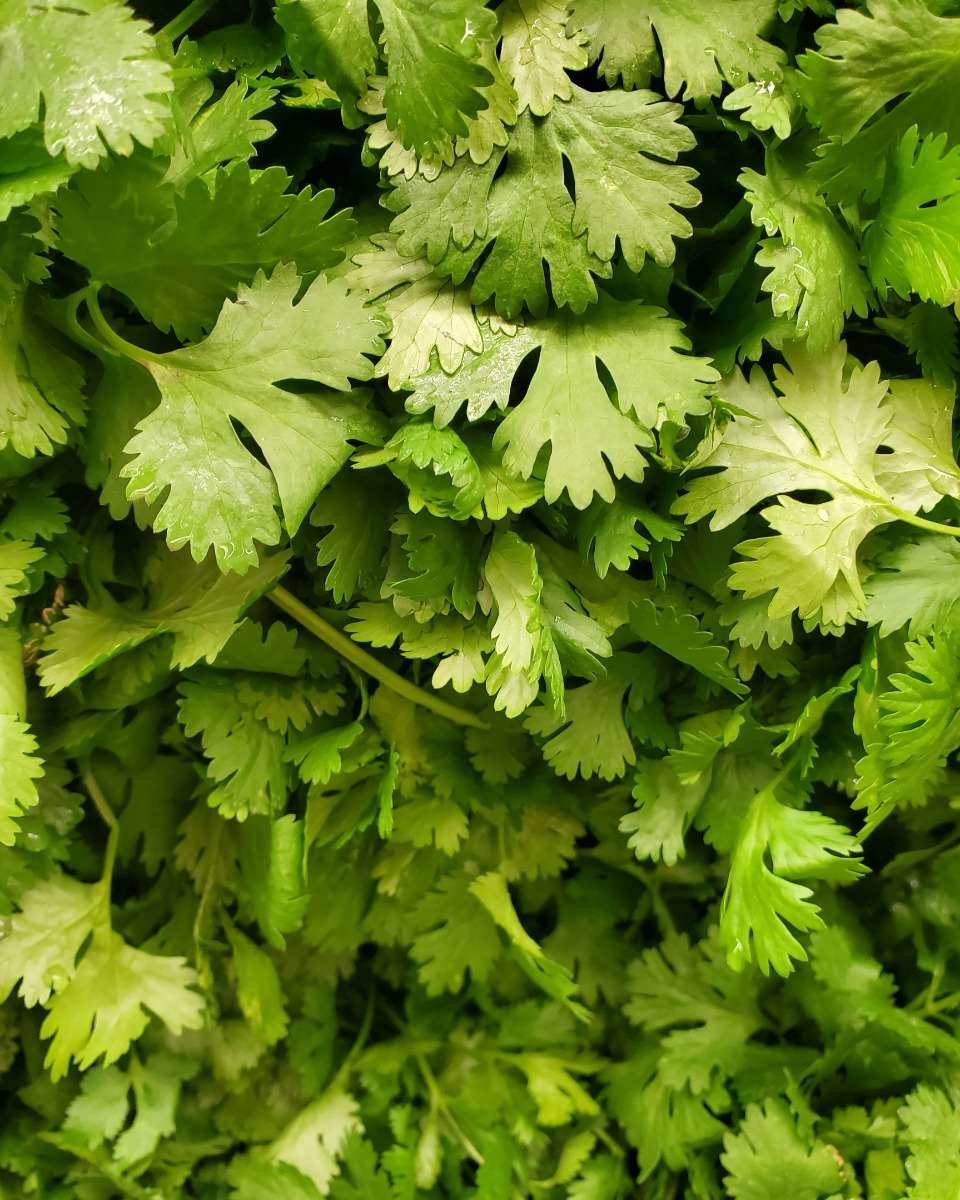Unlocking the Secrets of Coriander Plant Care
Coriander plants are known for their delicate nature and sensitivity to environmental conditions. To ensure a healthy and thriving coriander plant, it’s essential to provide optimal care. Proper care involves understanding the specific needs of coriander plants, from lighting and temperature to watering and fertilization. By mastering the art of coriander plant care, you can enjoy a bountiful harvest of fresh, fragrant leaves and seeds. In this comprehensive guide, we’ll walk you through the step-by-step process of how to care for coriander plants, covering the essential elements of coriander plant care.
Coriander plants require a unique combination of conditions to thrive. By replicating these conditions, you can encourage healthy growth and prevent common problems. In the following sections, we’ll delve into the specifics of coriander plant care, including choosing the right environment, watering, fertilizing, pruning, and pest management. With this knowledge, you’ll be well on your way to growing a robust and fragrant coriander plant that will elevate your cooking and add freshness to your salads.
Before we dive into the details of coriander plant care, it’s essential to understand the importance of proper care. Coriander plants are prone to bolting, which can lead to a decrease in leaf production and flavor. By providing optimal care, you can prevent bolting and encourage your coriander plant to produce an abundance of fresh leaves and seeds. In the next section, we’ll explore the ideal environmental conditions for coriander plants, including lighting, temperature, and humidity.
Choosing the Right Environment: Lighting, Temperature, and Humidity
Coriander plants are sensitive to environmental conditions, and providing the right environment is crucial for their growth and development. When it comes to lighting, coriander plants prefer partial shade to full sun, depending on the climate. In warmer climates, it’s best to provide some shade, especially during the hottest part of the day, to prevent scorching of the leaves. In cooler climates, full sun is ideal for promoting healthy growth.
Temperature is another critical factor in coriander plant care. Coriander plants prefer daytime temperatures between 65-75°F (18-24°C) and nighttime temperatures around 55-65°F (13-18°C). Avoid placing coriander plants in areas with drafts or extreme temperature fluctuations, as this can cause stress and lead to bolting.
Humidity is also essential for coriander plant growth. Coriander plants prefer a relatively high humidity, typically above 50%. To maintain optimal humidity, you can place the pot on a tray filled with water and pebbles or use a humidifier nearby. This will help prevent moisture stress and promote healthy growth.
Replicating these environmental conditions indoors or outdoors requires some planning. If growing coriander indoors, choose a spot with bright, indirect light, and maintain a consistent temperature. If growing outdoors, select a location with partial shade to full sun, depending on the climate, and ensure good air circulation to prevent fungal diseases.
By providing the right environment, you’ll be well on your way to growing a healthy and thriving coriander plant. In the next section, we’ll explore the importance of proper watering techniques for coriander plants, including the risks of overwatering and underwatering.
Watering Wisdom: How to Hydrate Your Coriander Plant
Watering is a crucial aspect of coriander plant care, and getting it right can make all the difference in promoting healthy growth and preventing common problems. Coriander plants prefer well-draining soil and should be watered when the top inch of soil feels dry to the touch. Avoid overwatering, as this can lead to root rot and other issues.
Underwatering, on the other hand, can cause stress and lead to bolting. To avoid this, check the soil moisture regularly, especially during hot and dry weather. Water your coriander plant in the morning, so the plants have the entire day to absorb the water.
When watering your coriander plant, make sure to water at the base of the plant, avoiding the leaves to prevent fungal diseases. Water thoroughly, but avoid washing away the soil or disturbing the roots. A good rule of thumb is to water your coriander plant when the top inch of soil feels dry, and then water again when the next inch of soil feels dry.
Adjusting your watering schedule according to the climate and weather conditions is also essential. In hot and dry climates, you may need to water your coriander plant more frequently, while in cooler and more humid climates, you may need to water less often.
By mastering the art of watering your coriander plant, you’ll be able to provide the right amount of moisture to promote healthy growth and prevent common problems. In the next section, we’ll explore the role of fertilizers in promoting healthy coriander plant growth and recommend organic and inorganic fertilizer options.
Fertilizing for Success: Nutrient-Rich Soil for Coriander
Fertilizing is an essential aspect of coriander plant care, as it provides the necessary nutrients for healthy growth and development. Coriander plants require a balanced fertilizer that is high in nitrogen, phosphorus, and potassium. A fertilizer with a ratio of 10-10-10 (nitrogen-phosphorus-potassium) is ideal for coriander plants.
Organic fertilizer options, such as compost or manure tea, are excellent choices for coriander plants. These fertilizers release nutrients slowly, providing a steady supply of nutrients to the plant. Inorganic fertilizer options, such as synthetic fertilizers, can also be used, but they should be applied with caution, as they can burn the roots of the plant if overapplied.
When applying fertilizer, follow the instructions on the label carefully, and start with a small amount to avoid overfertilizing. It’s also essential to fertilize at the right time, as coriander plants require more nutrients during the active growing season. Fertilize your coriander plant once a month, and adjust the frequency based on the plant’s growth and development.
In addition to fertilizing, it’s also essential to maintain good soil health. Coriander plants prefer well-draining soil that is rich in organic matter. Add compost or well-rotted manure to the soil to improve its structure and fertility. This will help to promote healthy root growth and prevent common problems such as root rot.
By providing your coriander plant with the right nutrients, you’ll be able to promote healthy growth and development, and enjoy a bountiful harvest of fresh, fragrant leaves and seeds. In the next section, we’ll explore the benefits of regular pruning and training for coriander plants, including increased yields and improved air circulation.
Pruning and Training: Shaping Your Coriander Plant
Pruning and training are essential techniques for promoting healthy growth and maximizing yields in coriander plants. Regular pruning helps to control the plant’s height, encourages bushy growth, and increases air circulation, which can help to prevent fungal diseases.
To prune your coriander plant, start by removing any weak or spindly stems. Cut back the stems to about one-third of the plant’s height, using a pair of clean scissors or pruning shears. This will help to encourage new growth and promote a bushy shape.
Next, remove any leaves that are damaged or diseased. This will help to prevent the spread of disease and encourage healthy growth. Finally, trim back any stems that are growing outside of the plant’s natural shape. This will help to maintain the plant’s appearance and promote healthy growth.
In addition to pruning, training is also an important technique for coriander plants. Training involves providing support for the plant as it grows, which can help to promote healthy growth and maximize yields. To train your coriander plant, provide a stake or trellis for the plant to grow up. This will help to keep the plant upright and promote healthy growth.
Another technique for training coriander plants is to use a technique called “pinching.” Pinching involves removing the growing tip of the plant, which can help to encourage bushy growth and promote healthy development. To pinch your coriander plant, simply remove the growing tip of the plant, using a pair of clean scissors or pruning shears.
By pruning and training your coriander plant regularly, you can promote healthy growth, maximize yields, and enjoy a bountiful harvest of fresh, fragrant leaves and seeds. In the next section, we’ll explore common pests and diseases that can affect coriander plants, and provide tips on how to control them using organic and integrated pest management (IPM) strategies.
Pest and Disease Management: Common Issues and Solutions
Coriander plants are susceptible to various pests and diseases that can affect their growth and productivity. Some common pests that can infest coriander plants include aphids, whiteflies, and spider mites. These pests can cause damage to the leaves and stems of the plant, and can also transmit diseases.
One of the most common diseases that can affect coriander plants is powdery mildew. This disease is caused by a fungus that grows on the leaves of the plant, and can cause them to become discolored and distorted. Other diseases that can affect coriander plants include root rot and leaf spot.
To manage pests and diseases in coriander plants, it’s essential to use integrated pest management (IPM) strategies. IPM involves using a combination of techniques, such as cultural controls, biological controls, and chemical controls, to manage pests and diseases.
Cultural controls involve modifying the growing conditions of the plant to prevent pests and diseases from occurring. For example, providing good air circulation and watering the plant properly can help to prevent powdery mildew.
Biological controls involve using living organisms, such as beneficial insects or microorganisms, to control pests and diseases. For example, introducing beneficial insects, such as lady beetles or lacewings, can help to control aphid populations.
Chemical controls involve using pesticides or fungicides to control pests and diseases. However, these should be used as a last resort, as they can have negative impacts on the environment and human health.
Some organic pest control methods that can be used to manage pests and diseases in coriander plants include neem oil, garlic spray, and diatomaceous earth. These methods are safer for the environment and human health, and can be just as effective as chemical controls.
By using IPM strategies and organic pest control methods, you can help to prevent pests and diseases from occurring in your coriander plants, and ensure a healthy and productive harvest.
Harvesting and Storage: Enjoying Your Homegrown Coriander
Harvesting coriander leaves and seeds is a crucial step in enjoying the fruits of your labor. Coriander leaves can be harvested at any time, but they are typically at their best flavor and aroma when they are young and tender. To harvest coriander leaves, simply snip off the leaves with scissors or pinch them off with your fingers.
Coriander seeds, on the other hand, are typically harvested when they are mature and dry. To harvest coriander seeds, wait until the seed pods have turned brown and the seeds have fallen out. Then, simply collect the seeds and store them in an airtight container.
Storing coriander leaves and seeds requires careful attention to detail. Coriander leaves are highly perishable and should be stored in the refrigerator to keep them fresh. Simply place the leaves in a plastic bag or airtight container and store them in the refrigerator. Coriander seeds, on the other hand, can be stored in an airtight container at room temperature.
To preserve the flavor and aroma of coriander leaves, it’s best to freeze them. Simply chop the leaves finely and place them in an airtight container or freezer bag. Then, store the container or bag in the freezer. Frozen coriander leaves can be used in a variety of dishes, including soups, stews, and salads.
Coriander seeds can also be preserved by drying them. Simply spread the seeds out in a single layer on a paper towel or cloth and allow them to air dry. Once the seeds are dry, store them in an airtight container at room temperature.
By following these tips for harvesting and storing coriander leaves and seeds, you can enjoy the fresh flavor and aroma of your homegrown coriander all year round. In the next section, we’ll address common issues and frequently asked questions related to coriander plant care, including yellowing leaves, bolting, and slow growth.
Troubleshooting Common Problems: Coriander Plant Care FAQs
Coriander plants can be sensitive to various environmental and cultural conditions, which can lead to common problems such as yellowing leaves, bolting, and slow growth. In this section, we’ll address some of the most frequently asked questions related to coriander plant care and provide troubleshooting advice and solutions to help readers overcome these challenges.
Q: Why are my coriander leaves turning yellow?
A: Yellowing leaves can be caused by a variety of factors, including overwatering, underwatering, nutrient deficiencies, and pests. Check the soil moisture and adjust your watering schedule accordingly. Also, ensure that your coriander plant is receiving enough nutrients by fertilizing regularly.
Q: Why is my coriander plant bolting?
A: Bolting can be caused by stress, temperature fluctuations, and inadequate light. Ensure that your coriander plant is receiving enough light and maintain a consistent temperature. Also, avoid stressing the plant by handling it excessively or exposing it to extreme weather conditions.
Q: Why is my coriander plant growing slowly?
A: Slow growth can be caused by a variety of factors, including inadequate light, nutrient deficiencies, and pests. Ensure that your coriander plant is receiving enough light and fertilize regularly. Also, check for pests and diseases and take action accordingly.
By following these troubleshooting tips and advice, you can overcome common problems and ensure a healthy and thriving coriander plant. Remember to always monitor your plant’s condition and take action promptly to prevent any issues from becoming severe.






